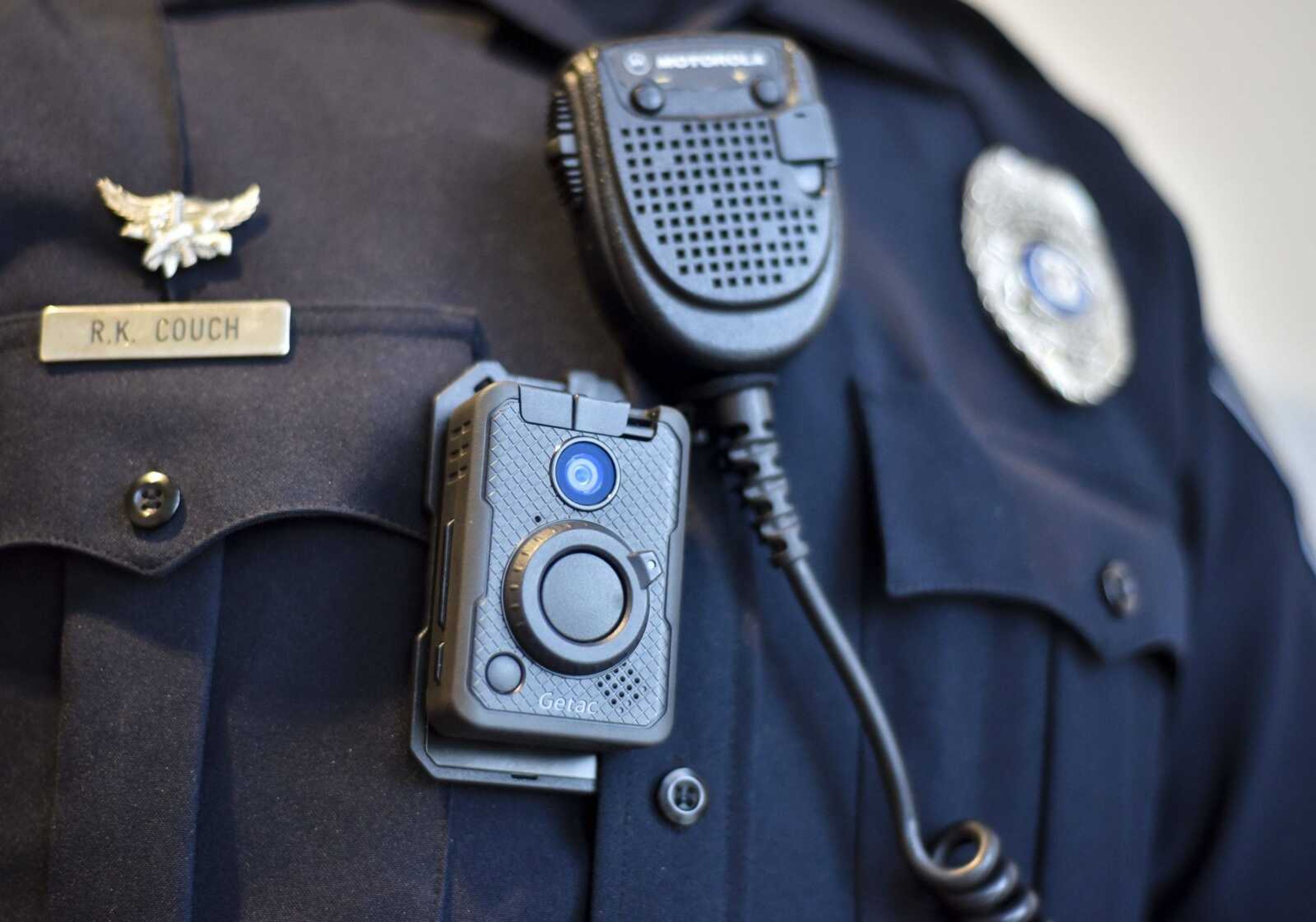For 48 hours, conventional police and fire scanners will be unable to hear radio traffic in Cape Girardeau.
The silence started at 8 a.m. Tuesday and comes as the result of a temporary transition to the city’s new Motorola, digital-trunking radio system, according to a news release from the Cape Girardeau Police Department.
“Our communications department is still dispatching calls and relaying information to Cape Girardeau Police officers and our officers are still communicating police traffic without disruption but this traffic may not be detected as usual,” the release stated.
According to the release, the city’s digital crime reporting system will continue to document calls for service and reports taken during the 48-hour period and any major crime incidents will be disclosed through news releases.
Cape Girardeau fire battalion chief Brad Dillow said the transition is part of a yearslong project with Motorola to update the city’s public safety communication system, and the new system will be part of Missouri’s statewide public safety interoperable communications system, known as the Missouri Statewide Interoperability Network (MOSWIN).
The city saved more than $1 million while upgrading the new system by using statewide communications infrastructures already in-place, according to Dillow, and the new system is currently being used on a temporary basis while the city’s current VHF equipment is relocated.
“We’re going to move back to our conventional system until we get all the programming and everything done, which will be about a month out,” Dillow said. “Then we’ll be switching over, hopefully full time, to the new trunking system and then our old system will become our backup.”
Dillow said the system uses a simulcast system, which uses three tower sites, as opposed to the city’s single-site transmitter used in the past.
“We’re hoping our radio coverage and in-building coverage is going to be far better, thus enhancing firefighter and police officer safety in the field.”
Connect with the Southeast Missourian Newsroom:
For corrections to this story or other insights for the editor, click here. To submit a letter to the editor, click here. To learn about the Southeast Missourian’s AI Policy, click here.







